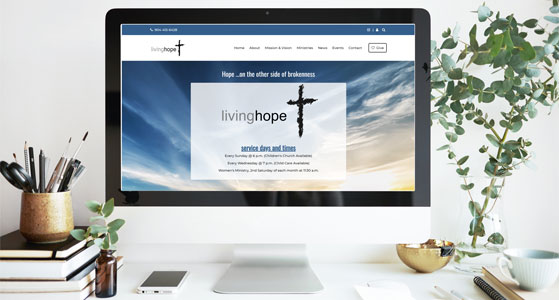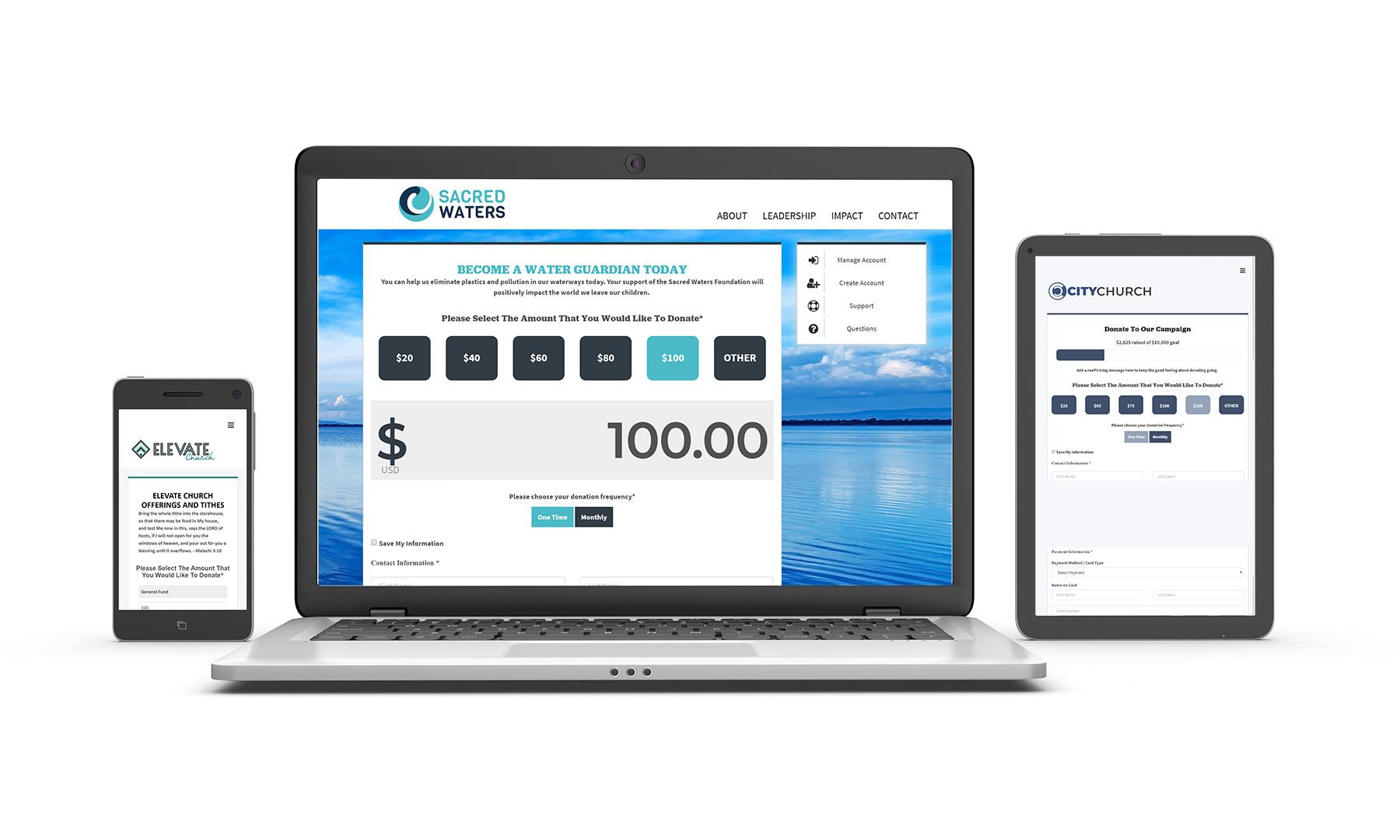History of ADA
In 1990, the Americans With Disabilities Act (ADA) was passed by Congress. It would be the first law in US history that addressed the civil rights of peoples with disabilities; prohibiting discrimination in employment, public services, public accommodations, and telecommunications. In short, ADA was drafted as the “equal opportunity” law for the disabled.
The ADA was modeled after both the 1964 Civil Rights Act (prohibits discrimination based on race, color, religion, sex, or National Origin) and Section 504 of the Rehabilitation Act of 1973 (prohibits discrimination against people with disabilities in programs that receive federal aid).
Who does the ADA Cover?
To have protection covered by the ADA, a person must have a disability (or relationship with an individual with a disability) that the law defines as a physical or mental impairment that substantially restricts one or more major life activities, a person who has a history or record of such an impairment, or a person who is perceived by others as having such a disability. The ADA does not specifically name all the impairments that are covered. (for more info see: https://www.ada.gov/cguide.htm#anchor62335)
Current Accessibility Concerns and Why
As more services and products have been moved to a digital format, the need to ensure that everyone can access them has increased. In the words of one of the most notable modern musicians in US history, who is also disabled, Stevie Wonder “We need to make every single thing accessible to every single person with a disability.”
Per Tim Berners-Lee (inventor of the world wide web), “The web is fundamentally designed to work for all people, whatever their hardware, software, language, culture, location, or physical or mental ability.”
Sometimes, websites fail to meet this goal, causing, even more, barriers to communication and interaction that many disabled people face navigating in the physical world.
In 2016, the United Nations Convention on the Rights of Persons with Disabilities declared that access to information and communications technologies, including the world wide web, is a basic human right.
Why Accessibility Matters To Nonprofits?
Web accessibility is about inclusivity and making the internet accessible to everyone and nonprofit organizations need to be leading the charge when it comes to doing the right thing. Also, if your organization is providing a public service web accessibility should be at the top of your to-do list.
Web Accessibility Action Plan
The first step you need to take is to find out if your current website has accessibility issues. If you are using WordPress, Squarespace or Joomla then there is a high likelihood that your website has some accessibility issues. You can audit your current website by using our free accessibility scan: Scan your website for free
The second step that you need to take is to develop an accessibility plan and post it to your website. The accessibility plan establishes that your organization recognizes the importance of web accessibility and puts forth a plan and goals for implementing accessibility best practices.
Finally, put your accessibility plan in action by working with your web team to make your website fully compliant. Depending on the size of your website this can be a costly and time-consuming task as a surprising number of web developers are not fully trained on web accessibility best practices or they do not have the tools available to fully QA a website for accessibility. This is where Reason Funding fills a need as our platform is built for accessibility compliance and we have certified staff that tests and QA’s websites before they go live. Building an inclusive Internet is one of our core pillars.
Contact us today to answer any accessibility questions or to find out how we can assist your organization with becoming web-accessible.


